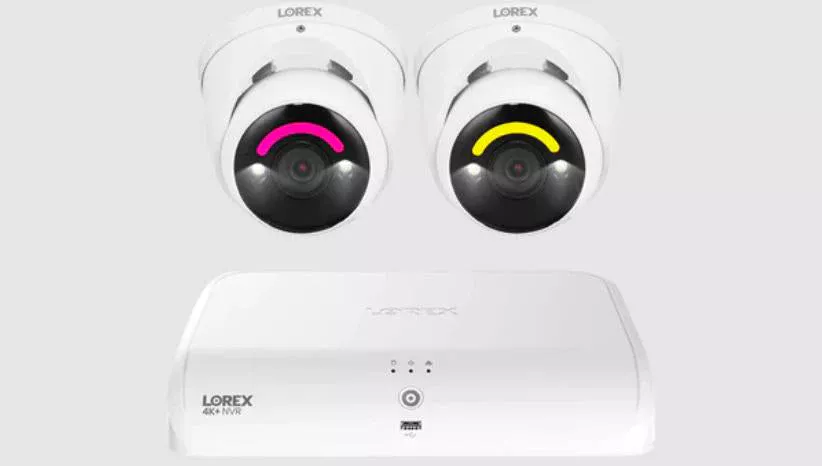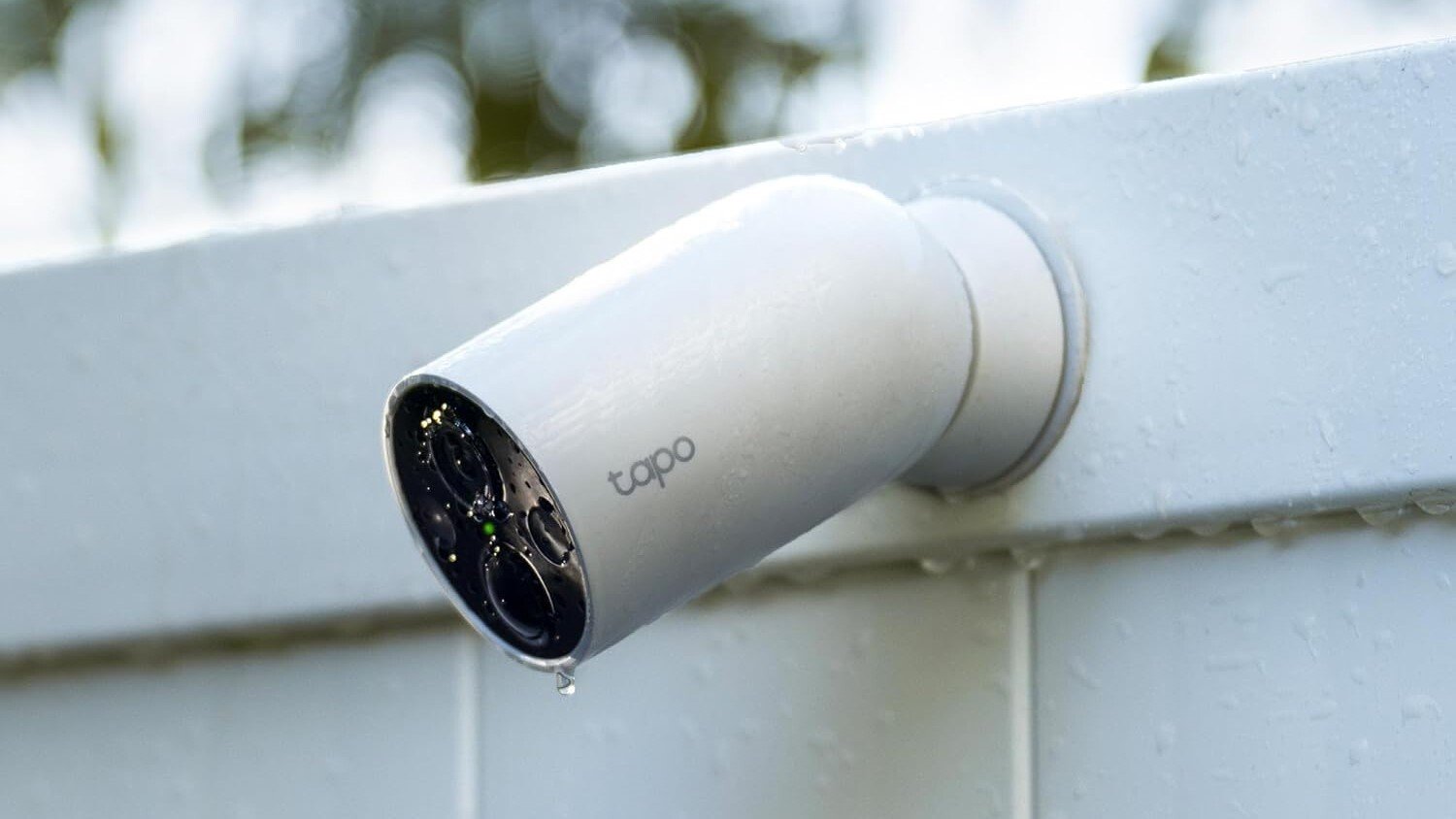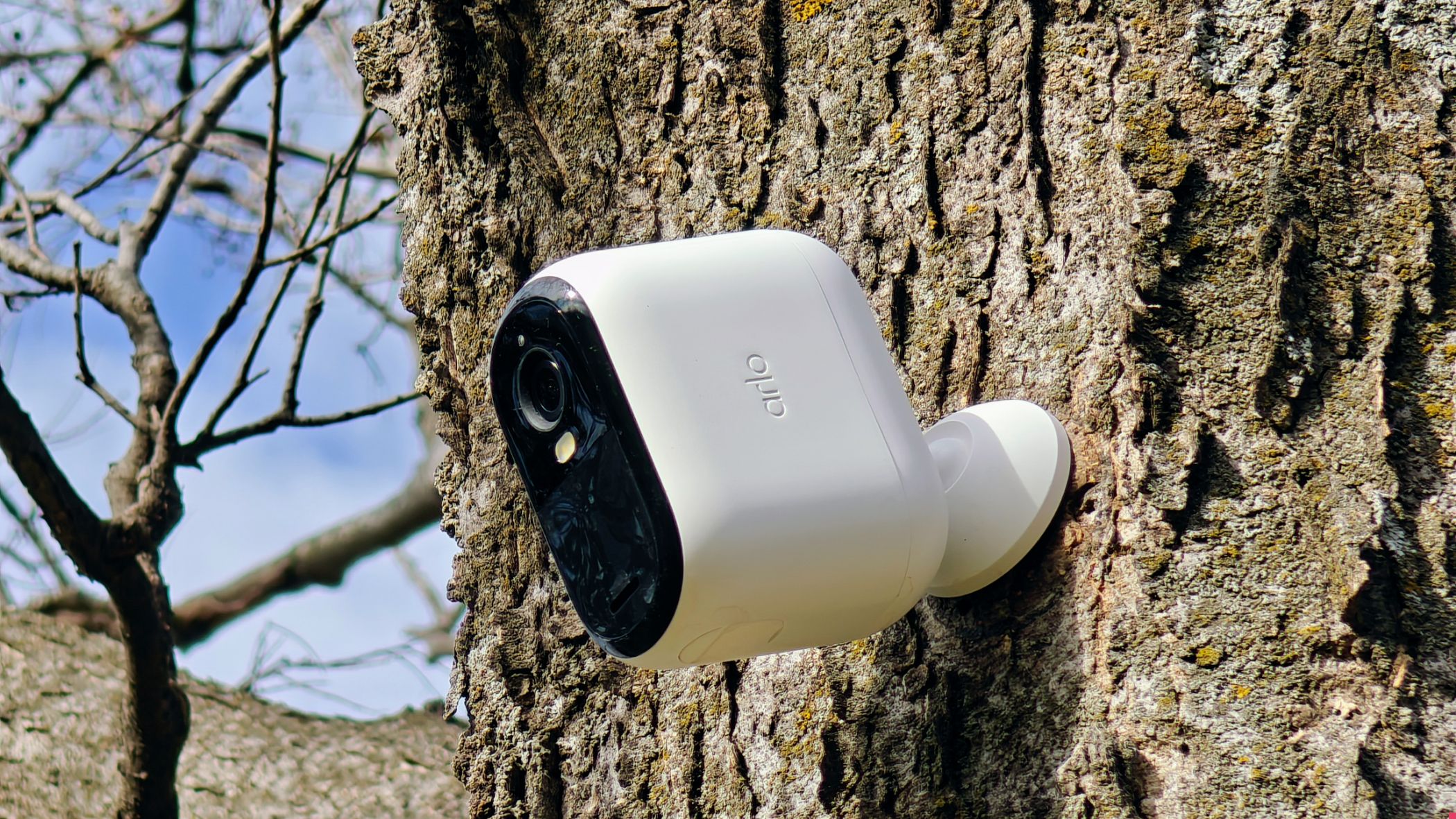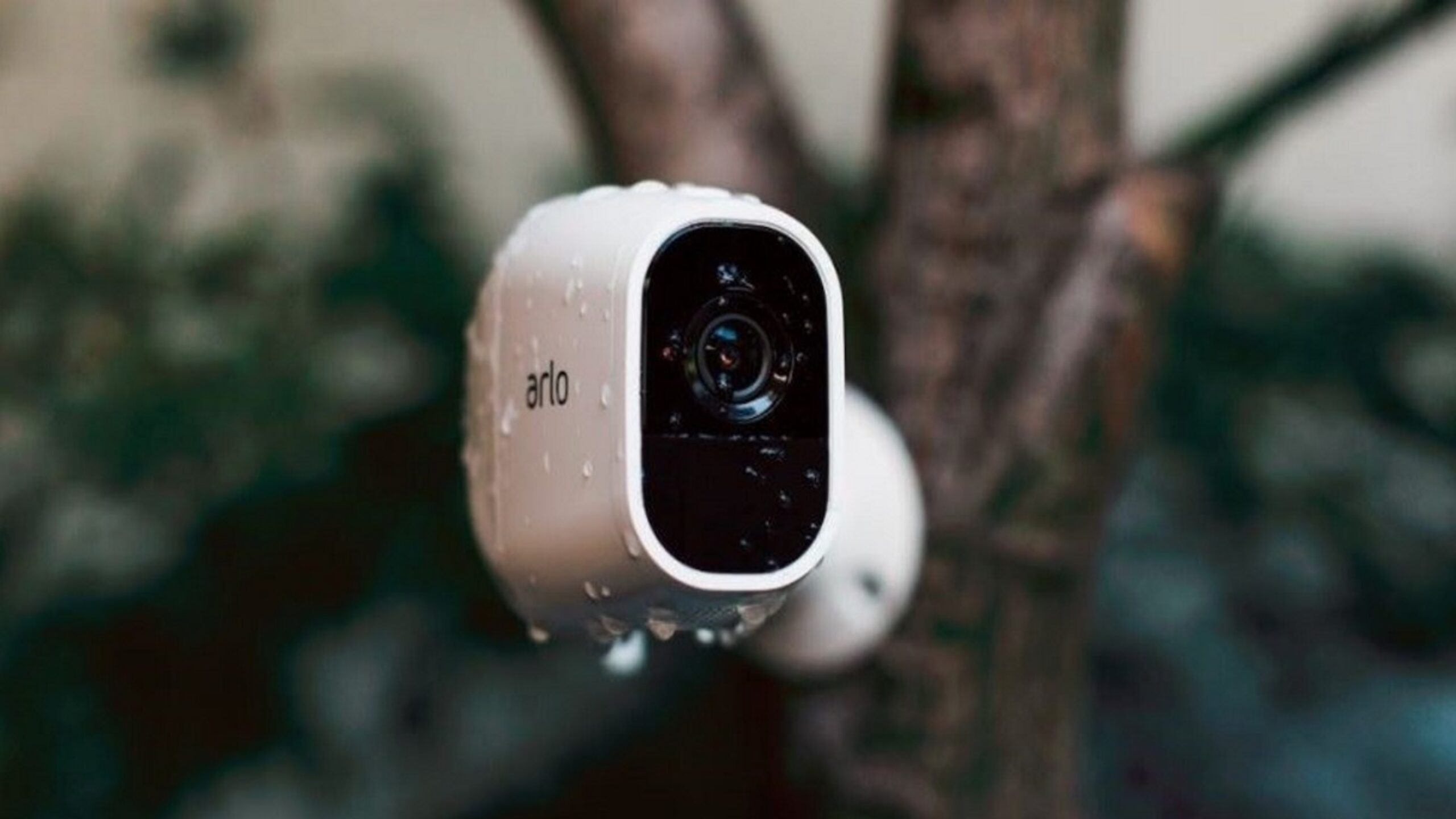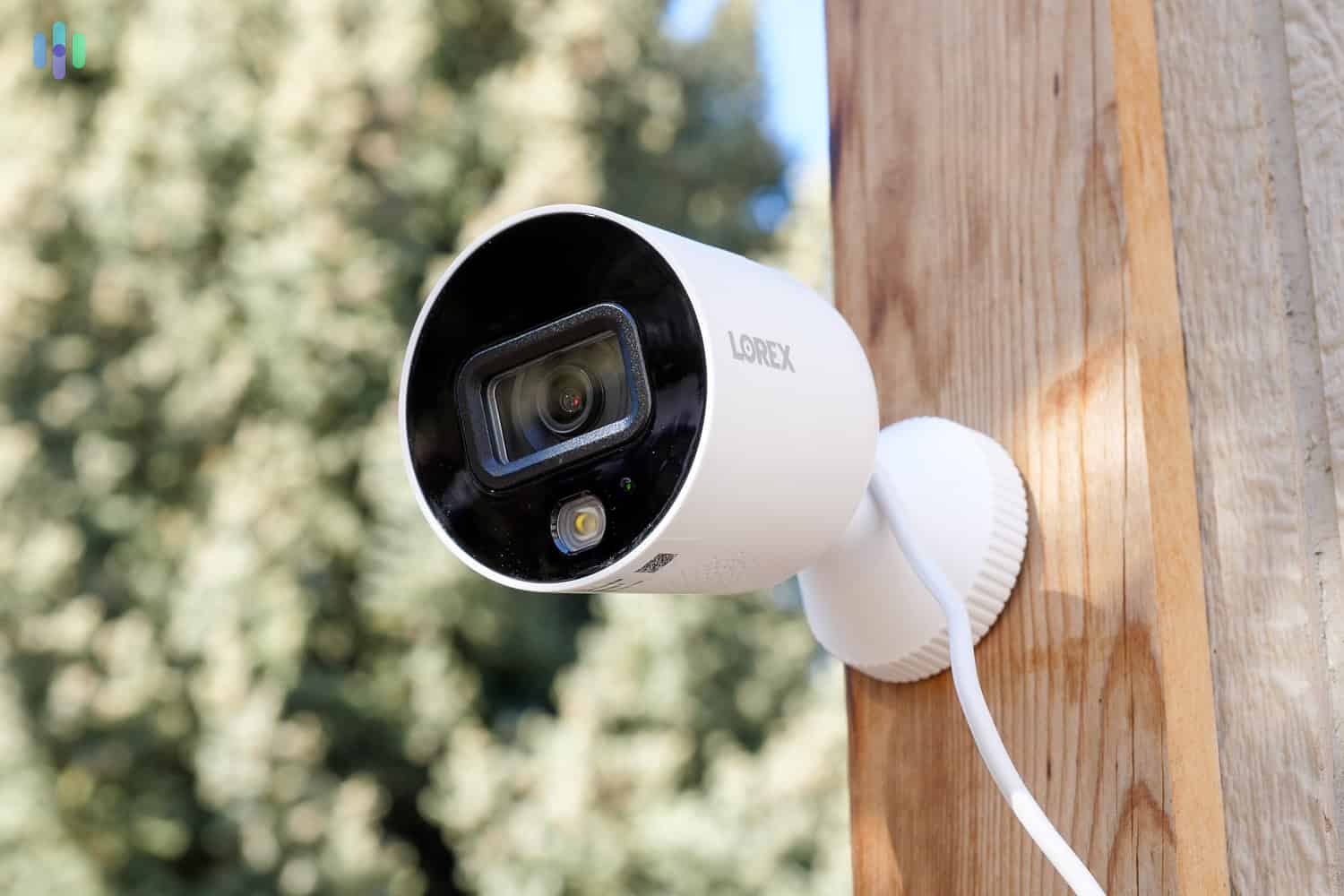Beyond Single Cameras: The 2025 Guide to Whole-Home Security Camera Systems
You’ve thought about getting a camera for your front door. Maybe you’ve even bought one. But then you realize you also need to watch the backyard, the side gate, the garage, and the driveway. Before you know it, you’re managing four different apps, four different charging schedules, and four different subscription plans. It’s a fragmented, frustrating approach to security.
What if you could manage your entire property’s security from a single, unified interface? What if you had a system that recorded everything 24/7, required zero battery changes, and stored footage locally without any monthly fees? This is the power of a dedicated security camera system. Unlike standalone cameras, these are designed from the ground up to work together as a cohesive unit, providing seamless, reliable, and comprehensive coverage. This 2025 guide will break down the different types of systems, from pro-grade wired setups to flexible wireless kits, so you can choose the right foundation for your home’s security.
👉 Compare Top-Rated Security Camera System Kits on Amazon
System vs. Standalone: Why a Unified Approach Wins
While a single wireless camera is great for a specific spot, a full system is designed for total property coverage. Here’s the difference:
| Feature | Standalone Cameras | Security Camera System |
|---|---|---|
| Management | Multiple Apps | Single, Unified App & Interface |
| Recording | Motion-activated clips | 24/7 Continuous Recording |
| Power | Batteries or Plug-in | Centralized Power (PoE or Hub) |
| Storage | Cloud Subscription / microSD | Local Hard Drive (No Monthly Fees) |
| Reliability | Good | Excellent (Wired, No Wi-Fi Congestion) |
| Best For | Renters, single points | Homeowners, whole-property coverage |
The Two Main Types of Security Camera Systems

Your first and most critical decision is choosing between a wired or wireless system.
1. Wired PoE (Power over Ethernet) Systems (e.g., Reolink, Lorex, Amcrest)
-
How It Works: Each camera connects to a central Network Video Recorder (NVR) using a single Ethernet cable. This one cable provides both power and data.
-
Pros:
-
Ultra-Reliable: No Wi-Fi dropouts. Stable power and connection.
-
24/7 Continuous Recording: Never miss a moment.
-
High Video Quality: Easily supports 4K and higher resolutions.
-
No Monthly Fees: All video is stored locally on a built-in hard drive.
-
Superior Security: A closed system is less vulnerable to hacking.
-
-
Cons:
-
Complex Installation: Requires running cables through walls/attics, which can be challenging.
-
Less Flexible: Cameras are permanently placed once installed.
-
-
Best For: Homeowners building a permanent, high-performance security solution who are comfortable with DIY wiring or hiring an installer.
2. Wireless Camera Systems (e.g., Arlo, Eufy, Ring)
-
How It Works: Battery-powered or plug-in cameras connect wirelessly to a central hub, which then connects to your router.
-
Pros:
-
Easy Installation: No wires to run. Place cameras anywhere.
-
Flexibility: Easy to move or add cameras later.
-
Clean Look: No visible cables.
-
-
Cons:
-
Battery Maintenance: You must recharge or replace batteries.
-
Wi-Fi Dependent: Signal strength and congestion can affect performance.
-
Usually Motion-Only Recording: Most record only when motion is detected, potentially missing crucial pre-event context.
-
Potential for Monthly Fees: Many require subscriptions for advanced AI detection and video history.
-
-
Best For: Renters, those who cannot run wires, and users who prioritize easy installation over 24/7 recording.
👉 Shop Popular PoE Wired Security System Kits on Amazon
Key 2025 System Features: What to Look For
When comparing systems, these are the specs that truly matter.
1. The Recorder: NVR vs. DVR
-
NVR (Network Video Recorder): Used with IP cameras (both PoE and Wireless). Processes video digitally, delivering the highest possible image quality. This is the modern standard.
-
DVR (Digital Video Recorder): An older technology used with analog coaxial cameras. Offers lower video quality. Generally not recommended for new purchases in 2025.
2. Video Resolution & Night Vision
-
4K (8MP): The new gold standard. Provides incredible detail for identifying faces and license plates at a distance.
-
2K (4MP): An excellent, cost-effective balance of clarity and file size.
-
Color Night Vision: Look for systems with built-in spotlights or advanced sensors that provide full-color video at night, a huge advantage over traditional black-and-white.
3. Camera Types & Lenses
-
Bullet Cameras: Long, cylindrical. Great for long-range viewing of driveways and perimeters. Highly visible, which acts as a deterrent.
-
Dome Cameras: Circular, dome-shaped. More discreet and vandal-resistant. Ideal for indoor use, patios, and entrances.
-
Turret/PTZ Cameras: Turret cameras offer a good middle ground. PTZ (Pan-Tilt-Zoom) cameras can be remotely controlled to pan, tilt, and zoom to track movement.
4. Smart Detection & Analytics
Modern systems have AI built into the cameras or NVR. Look for:
-
Human/Vehicle Detection: Reduces false alerts from animals and shadows.
-
Face Recognition: Can be programmed to ignore family members.
-
Intrusion Zones: Draw virtual lines on your camera’s view and only get alerts when someone crosses them.
5. Storage Capacity & Backup
-
Pre-Installed Hard Drive: Most NVR kits come with a hard drive (e.g., 2TB, 4TB). A 2TB drive can store weeks of 24/7 footage from multiple cameras.
-
Cloud Backup Option: Some systems offer hybrid local/cloud storage, giving you an off-site backup of crucial event-triggered clips.
👉 Browse Wireless Security System Kits with No Monthly Fees
Top Security Camera System Brands of 2025
1. Best Overall PoE System: Reolink
-
Why It Wins: Offers exceptional value, stunning 4K video quality, robust AI person/vehicle detection, and easy-to-use apps—all without mandatory monthly fees. Their kits are comprehensive and user-friendly.
-
Best For: Homeowners who want a high-end, reliable PoE system without a professional price tag.
2. Best for Professional-Grade Features: Lorex
-
Why It Wins: A well-established brand known for high-quality hardware, advanced features like color night vision, and durable, weatherproof cameras. Often available through major retailers.
-
Best For: Those wanting a trusted brand name and top-tier image quality, often with bundled installation options.
3. Best Wireless System: Arlo
-
Why It Wins: Arlo offers a premium wireless experience with excellent video quality, smart home integration, and a wide range of camera types (including doorbells and floodlights) that all work in one app.
-
Best For: Users who want the absolute easiest installation and a wire-free aesthetic, and are willing to pay a premium for it.
4. Best No-Monthly-Fee Wireless: Eufy
-
Why It Wins: The entire system operates locally, with AI processing and storage happening on the HomeBase hub. This means no monthly fees and fast, reliable notifications.
-
Best For: Budget-conscious users who want a wireless system but want to avoid ongoing subscription costs.
Your 2025 Action Plan: Building Your System
-
Choose Your Technology: Decide between the reliability of PoE or the flexibility of Wireless.
-
Count Your Cameras: Map your property. You’ll likely need cameras for:
-
Front Door
-
Back Door
-
Garage/Driveway
-
Backyard
-
Side Yard/Gates
-
Common Indoor Areas (if desired)
-
-
Select a Kit: It’s almost always cheaper to buy a multi-camera kit (e.g., 4, 8, or 16-channel) than to buy cameras individually. Ensure the NVR has enough channels for future expansion.
-
Plan Your Installation:
-
For PoE: Plan the cable routes from each camera back to the NVR location. Consider using cable conduits for a cleaner exterior look.
-
For Wireless: Test the Wi-Fi signal at each camera location before permanently mounting.
-
Frequently Asked Questions (FAQ)
Q1: Can I mix and match camera brands in a system?
A: Generally, no. NVRs are typically designed to work only with cameras from the same brand and product line. Wireless hubs are also proprietary. For a unified system, stick to one ecosystem.
Q2: Do I need an internet connection for the system to work?
A: For local recording and live viewing on a monitor connected directly to the NVR, no. However, you do need an internet connection for remote viewing on your smartphone and to receive push notifications.
Q3: How difficult is it to install a PoE system myself?
A: It’s a very achievable DIY project for someone comfortable with basic tools. The most challenging part is running the cables through walls and attics. Many find it helpful to watch installation videos for their specific kit on YouTube.
Q4: What does “Channel” mean on an NVR?
A: The number of channels indicates the maximum number of cameras the NVR can support. An 8-channel NVR can connect up to 8 cameras. Always buy an NVR with more channels than you currently need to allow for expansion.
Q5: Are these systems secure from hackers?
A: Wired PoE systems that operate on a closed local network are inherently more secure than cloud-reliant wireless cameras. To maximize security for any system: use a strong, unique password for the admin account, enable encryption, and keep the system’s firmware updated.
Final Verdict: Invest in a Foundation, Not Just a Camera
While a single camera can solve a specific problem, a security camera system is an investment in the long-term safety and monitoring of your entire property. For homeowners, the reliability, quality, and cost-effectiveness of a PoE system from a brand like Reolink is hard to beat. For those who need ultimate flexibility, a wireless kit from Eufy or Arlo provides a powerful, user-friendly solution.
By choosing a system, you’re not just buying hardware; you’re building a centralized, intelligent security infrastructure that will protect your home for years to come.
👉 Click Here to Compare and Shop for All Security Camera Systems on Amazon
16 min read

